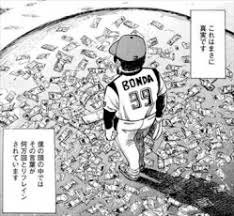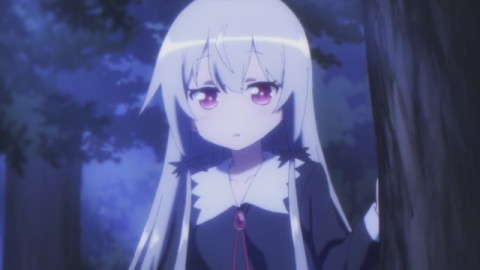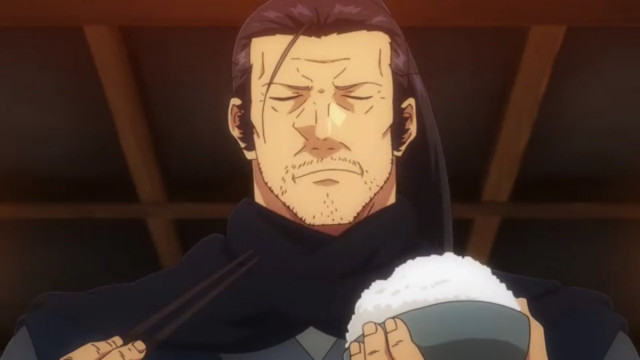The anime adaptation of "Sengoku Youko" is now being broadcast, but how much do you know about the Sengoku period, the setting of the series? The series has a strong historical aspect, so I think it's watched by a lot of history buffs, but because of that, there's a lot of historical references aimed at people who are knowledgeable about history, and it's also true that there are many terms that people who don't know history won't immediately understand. In this article, I'd like to introduce the Sengoku period, the setting of the series, to fans who love the series but don't know much about it. It's an important period that is the setting for many other works besides this one, so if you enjoy historical works, be sure to check it out.
An Era of Warring States
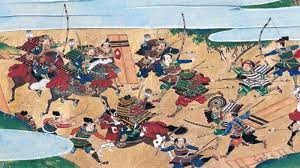
The Sengoku period, in a nutshell, was a time of warring states. As the term "Sengoku" suggests, it was a time of great turmoil, with samurai warfare occurring frequently across the nation. Many readers likely have a vague recollection of this period from their junior high school history classes.
The Ashikaga Shogunate's Power Declines
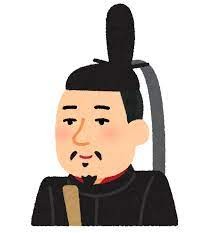
This is key information for this work: before the Sengoku period, the Ashikaga Shogunate ruled Japan. The Ashikaga Shogunate rebuilt the shogunate after the collapse of the Kamakura Shogunate, and established the Muromachi Shogunate, governing the country from its current location in Kyoto. Initially, the Ashikaga Shogunate enjoyed stable rule thanks to its overwhelming financial resources. Its prosperity was at its height, as evidenced by the emergence of the Kitayama culture, centered around the Golden Pavilion.
Who will be the next ruler of Japan? ?
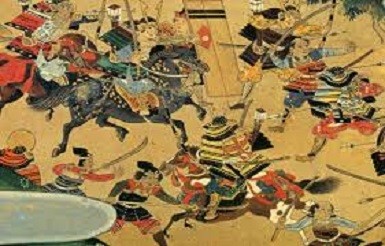
The Sengoku period marked the end of this peaceful era under the Ashikaga clan. The decline of the Ashikaga clan's authority led to conflicts between samurai who ruled other regions. Amid these turmoil, many warlords sought to succeed the Ashikaga clan as ruler of Japan, and warfare during the Sengoku period gradually became an important factor in determining who would rule Japan. Even those unfamiliar with history likely know of figures active during this period, such as Oda Nobunaga, Tokugawa Ieyasu, and Takeda Shingen.
A Popular Period
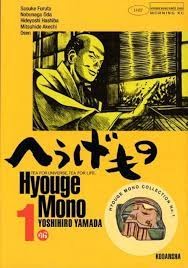
As such, the Sengoku period was a time when many famous warlords, still well-known today, competed fiercely against one another. As a result, there are many other works based on the Sengoku period, making it a highly popular period. Do you have any favorite works set in the Sengoku period? That's how popular the Sengoku period is among historical fiction.
An Era in Which Even Shoguns Wielded Swords

The setting of this work, the mid- to late-Sengoku period, was a time of frequent warfare, and even the Shogun had to wield a sword. In times of peace, the Shogun only needed to focus on government affairs, and martial prowess was not required, but this was not the case in the bloody Sengoku period. As depicted in this work, Shoguns of the Muromachi period were caught up in many wars, and therefore inevitably required martial arts skills.
The Shogun is a disciple of the master swordsman Tsukahara Bokuden!?
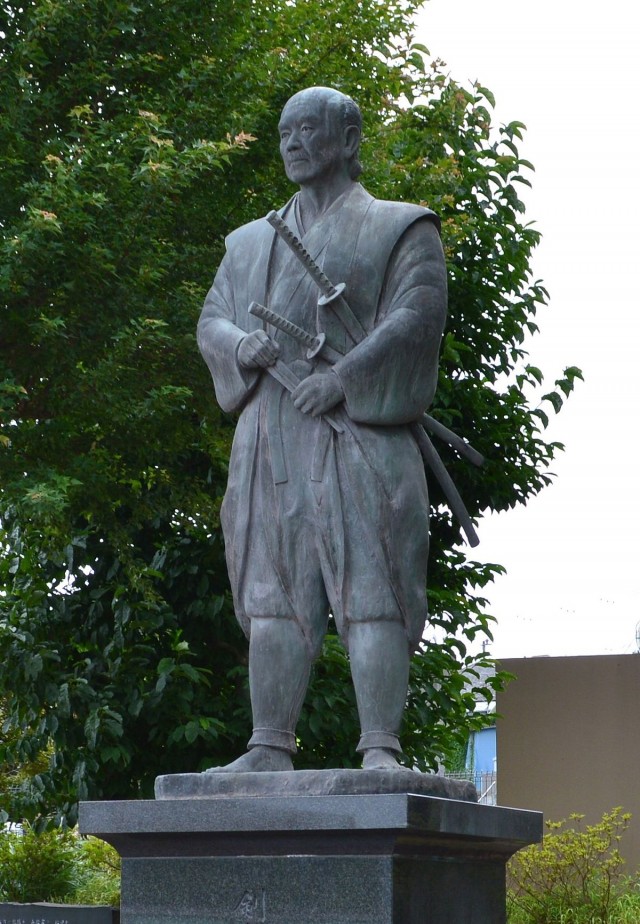
In particular, this work features the shogun Ashikaga Yoshiteru. Ashikaga Yoshiteru studied under the legendary swordsman Tsukahara Bokuden, also known as the Sword Saint, and is known as a shogun highly skilled in swordsmanship. Tsukahara Bokuden himself is a man of many anecdotes, and there are many works based on him, so if you're interested, be sure to check them out.
Swordsman Shogun Ashikaga Yoshiteru
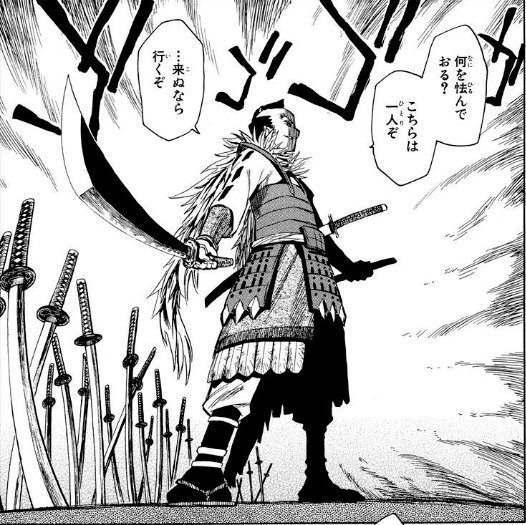
Due to his swordsmanship, which he learned directly from a divination monk, Ashikaga Yoshiteru is also known as the Swordsman Shogun, and he appears in many fictional works. There are also numerous episodes related to swordsmanship, demonstrating Yoshiteru's exceptional skills, even at a time when there were many master swordsmen. While Ashikaga Yoshiteru plays an important role in this work, his exploits do not appear to be entirely fictional.
Yoshiteru's Tragic End
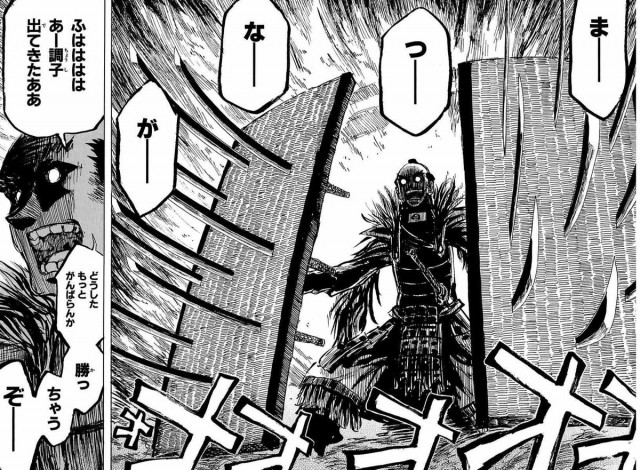
One particularly famous episode, depicted in this work, is when, upon being assassinated by one of his own subordinates, Yoshiteru fought back with his own sword, using a tatami mat as a shield to defeat many soldiers. This anecdote was established in later fiction and is now disproven, but it remains a memorable episode about Yoshiteru for many people. Yoshiteru's final moments are carefully depicted in this work, so be sure to pay attention.
Knowing the beliefs of the time makes this work even more interesting!

The lives and beliefs of the common people during the Sengoku period are essential to understanding this work. This work is unusual among works depicting the Sengoku period in that it depicts the lives of the common people in detail. Since there are few military commanders, it is best to focus on the common people of the time to fully understand the setting of this work. While this element receives surprisingly little attention, it is nonetheless extremely interesting when you consider that the majority of the population at the time were peasants.
Successive Famines
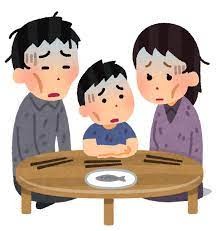
In stark contrast to the glorious achievements of the samurai, the common people of the Sengoku period lived miserable lives. Repeated wars and natural disasters led to frequent famines, and people had to survive on meager harvests. On top of that, feudal lords conscripted men for war and exacted heavy taxes.
Animism and Shintoism

In these harsh conditions, people especially feared natural disasters that would reduce their harvests. Their awe of nature led to nature worship and the belief that there existed a being in nature that transcended human power. This type of belief is technically known as animism, and this idea persists in Japan today as Shintoism.
Darkness and God
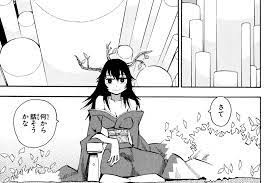
The animistic philosophy of the people of that time is thought to be connected to the dark setting of this work. The mountain gods appear in this work as beings similar to darkness, likely due to the fact that gods were considered to be beyond human comprehension and were feared as terrifying beings, just like ghosts.
It laid the foundation for long-lasting peace
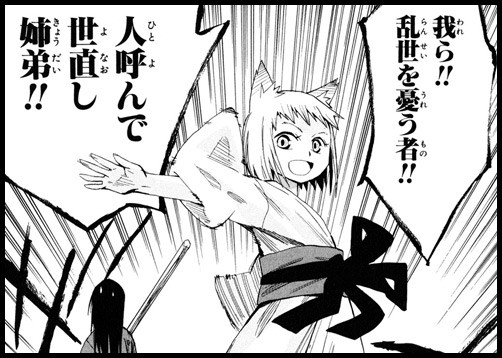
The Sengoku period was an extremely difficult time for the common people of the time, but it's important to remember that it was precisely because of these times that a long and lasting era of peace was born. After the Sengoku period, Japan entered the Edo period, enjoying 260 years of peace.
The Battle of Sekigahara Leads to an Era of Peace
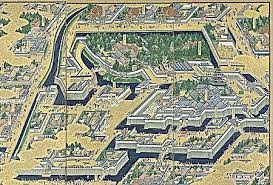
Tokugawa Ieyasu won the Battle of Sekigahara in 1600 and later established the Edo shogunate. Without the turbulent Sengoku period, a powerful figure like Tokugawa Ieyasu would never have emerged. Throughout the long and stable Edo period, Japan developed numerous technologies and led the way to the Meiji Restoration.
Rice paddies increase, and famine subsides
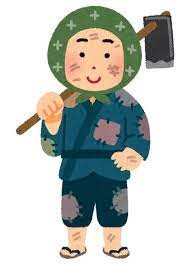
When talking about the Edo period, it's important to remember that the end of wars led to increased development of new rice fields, enabling farmers to secure more crops than ever before. As depicted in this work, the Sengoku period was a time when many farmers starved to death. It's very reassuring to know that such people rarely appeared in the Edo period.
Golden Kamuy and Rurouni Kenshin Connect
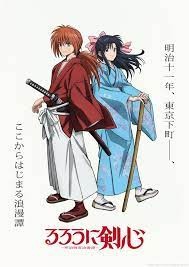
Through the Edo period, Japan moves on to the Meiji period, the setting for "Golden Kamuy" and "Rurouni Kenshin." The Edo period itself was a time of peace, and is rarely depicted in anime. However, the period from the end of the Edo period to the Meiji period, like the works introduced above, is the setting for many anime works. Being able to view different works as part of a single connected world is a unique feature of historical fiction.
Anime and History
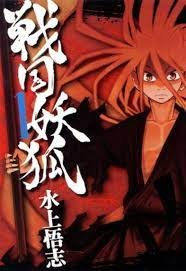
As mentioned earlier, there are many animated works that deal with history. Therefore, in order to enjoy these works, it is recommended that you have some historical knowledge! Of course, this doesn't mean you have to memorize textbooks to learn history; simply reading various historical works will be educational, so it's fine to just read a lot of historical works!
Knowing history will help you connect the works
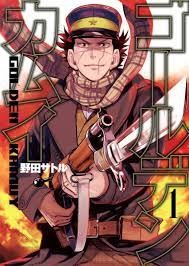
Even if each animated work is different, if they deal with history, there will be a clear chronological connection. This not only applies to anime, but also to your favorite novels, dramas, and other works, so you can enjoy them while being aware of their connections. Even works you've been enjoying without much thought may actually contain historical references or settings you didn't realize existed. This can lead to new discoveries later on.
Enjoy Various Interpretations
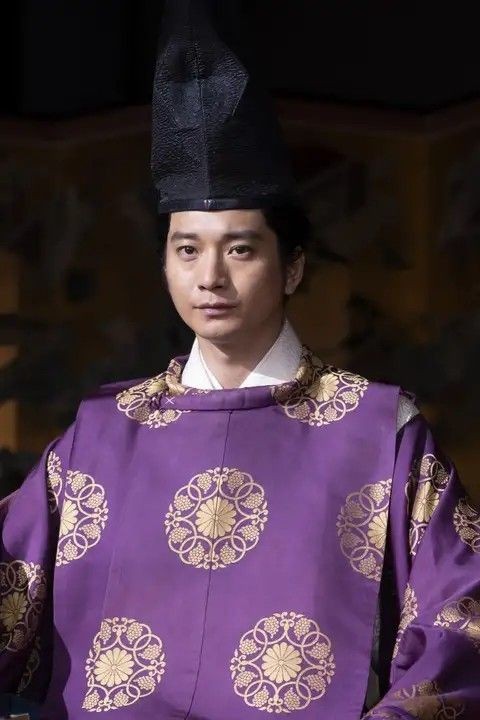
Furthermore, with historical works, you can enjoy different interpretations of history in each work. For example, Ashikaga Yoshiteru, who appears in this work, was a fierce swordsman, but in the taiga drama, he is portrayed as a relatively gentle person, despite his sword skills. One of the characteristics of historical works is that you can enjoy different interpretations of the same character. Because the image is different in each work, you can carefully develop a character image that satisfies you.
History is so fascinating!
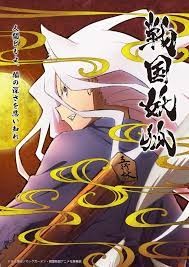
So what? Did you understand why knowing history is beneficial for enjoying animation? History, after all, has the aspect of each era being a story in itself. I hope that through animation, you can become interested in history itself. Studying history is as easy as watching lots of anime! Students with upcoming exams can also enjoy historical anime without feeling guilty.
Works Depicting the Sengoku Period
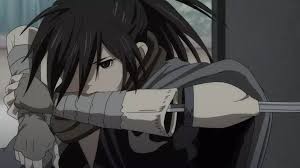
Finally, I'd like to conclude by introducing works set in the Sengoku period, just like this one. Even though they're set in the same period, each work has a different depiction of the period and a different interpretation of history, so it's fun to enjoy each one individually. The works I'll introduce here are set in the Sengoku period and are particularly recommended by me, a fan of historical stories, so if you're interested, be sure to check them out.
Taiga Drama
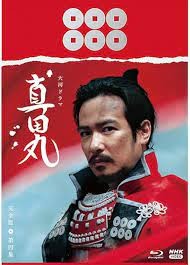
The series that most frequently depicts the Sengoku period is undoubtedly the Taiga drama. Among recent Taiga dramas depicting the Sengoku period, the highly acclaimed "Sanada Maru" sparked a Sanada Maru boom at the time. Other works, such as "What Will I Do? Ieyasu," which depicts Tokugawa Ieyasu, will be released in 2023, making the Sengoku period a particularly popular period among Taiga dramas.
Hyouge Mono
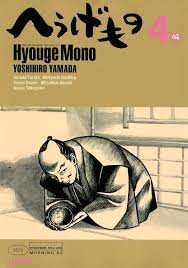
Hyouge Mono is set approximately 50 years after the mid-Sengoku period of the Sengoku Fox War. Rather than focusing on war, this work focuses on the cultural evolution of the time. Numerous famous tea utensils and architectural pieces appear, and the work provides detailed explanations of their design intentions, making it a recommended work for those interested in both history and culture.
Crayon Shin-chan the Movie: Storm Called: Appare! The Great Battle of the Warring States Period
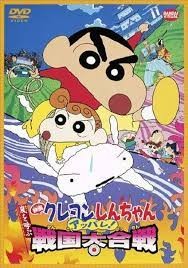
Among works depicting the Warring States period, one that should not be underestimated is the Crayon Shin-chan series' "Crayon Shin-chan: The Storm Called: The Great Battle of the Warring States Period." Don't underestimate it just because it's Crayon Shin-chan; this work is highly acclaimed among historical works, boasting exceptionally high quality, including detailed depictions of the climate of the time and the time paradox.
Nobunaga's Shinobi
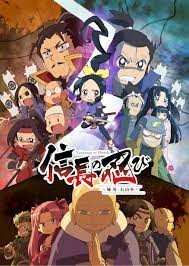
For those who want to enjoy the Sengoku period as a short story, we recommend "Nobunaga's Shinobi." This work is based on a short four-panel comic drawn by the author, who is actually a history teacher, and it is actually useful as knowledge for junior high school entrance exams. The work itself is of high quality, and the characters are very popular, so be sure to check it out.
Dororo
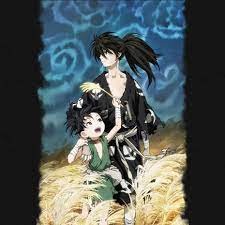
"Dororo" is arguably the most well-known work set in the Sengoku period. This work, created by Osamu Tezuka, the god of manga, tells the story of a journey in search of a human body, set in the Sengoku period. It has a rather dark atmosphere and is geared toward adults, but it's also highly immersive, so once you start reading, you'll find yourself reading it all in one go. Be sure to check it out.
Summary
What did you think? This time, we've introduced the Sengoku period, the setting of "Sengoku Youko." The Sengoku period was a time of great turmoil, and that's precisely why it's been depicted in so many works. This is a period that is often mentioned in movies, novels, and games, so I think you'll enjoy related works if you research it. Even just from a purely historical perspective, the Sengoku period is a very interesting time, so be sure to check it out!


